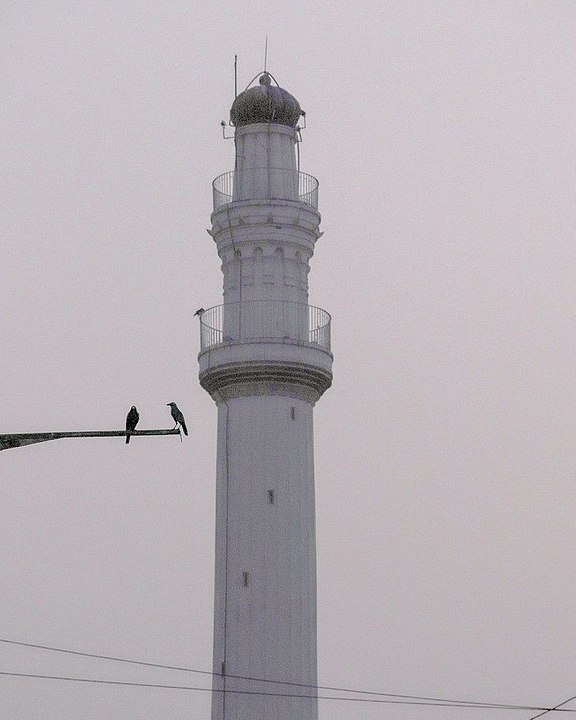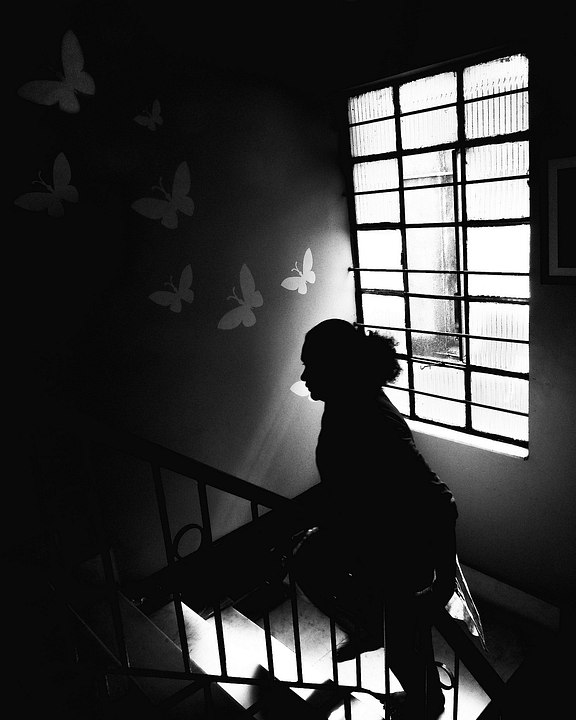'The World of Ramjan Ostagar: The Common Man of Old Calcutta' is a chapter from the book “Calcutta: The Living City”, dedicated to the anonymity of Calcutta’s common man in the 19th century. The author speaks of how all the history of the period is centered around the elite minority and the stories of the vast majority, the common man, is largely lost in time.The author introduces the imaginary ‘Ramjan Ostagar’ as a representative of the common man – he is a tailor but he epitomizes the artisan, the hawker, the servant, and the coolie, the cobbler and the tailor, the street entertainer and the prostitute. Through his eyes, the author takes us into the dark alleyways of Calcutta’s colonial past and the structure of the society, that ignored the very pillars it stood on. While going through the chapter, I found stark similarities with the society I was born into, two centuries down the line. As I went through the historical instances and conclusions, I could find almost every single aspect around me. The read made me question the term “progressive”, we have conveniently attached to our social structure. It seemed that the Society, was actually frozen in time, and working in the same pattern that neglects the toil, which keep the wheels rolling. The common man of the 21st century is still as anonymous as he was in the 19th century colonial era and the hierarchy of bhadralok, khansama and labourer are still very much the same with perhaps changed names and altered apparent dispositions.
Have we, as a society, been able to overcome our colonial past towards setting the right priorities? Have we, with so much of media and communication, been able to ensure that the majority, the common man trying to feed his family, does not remain anonymous in time? Does the majority actually have a voice loud enough to be heard in history? Or, are we still living in the 19th century Calcutta, a divided city of sections with their own agendas, feeding on the toil of those, who aren’t allowed a say?
I faced these questions as I read. I asked these questions when I photographed. I used composite images and juxtapositions to press my case and communicate through a layered narrative.
I came across “Calcutta: The Living City” while trying to trace the origin of the Buddhu Ostagar Lane of Kolkata, from personal interest in the city’s past. The book has been off shelves for long and I could find a single ailing copy at the Jadavpur University Library. No electronic methods were allowed in the special section it was kept in and so, I wrote down the entire chapter by hand, which perhaps sparked the idea of translating it into the visual medium. It is an ongoing project and can potentially go on forever.
The description to each of the photographs, is a direct quote from the said chapter and as is always the nature of art, all of it is open to interpretation.




















" The pageantry of the English Nawabs and memsahibs and of the Bengali diwans, banias and babus has engrossed us too long. It is time to remember the anonymous citizen of 19th Century Calcutta "